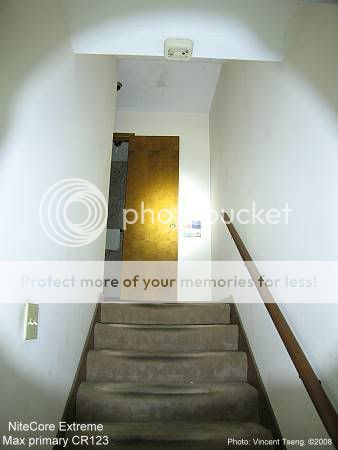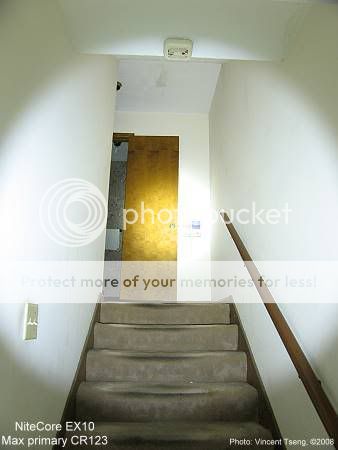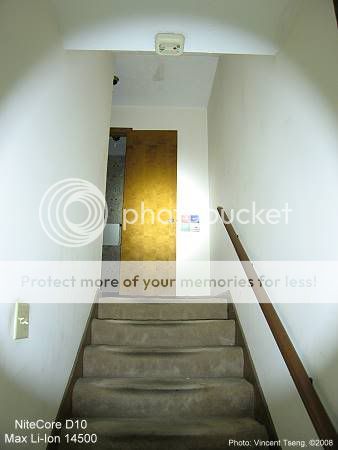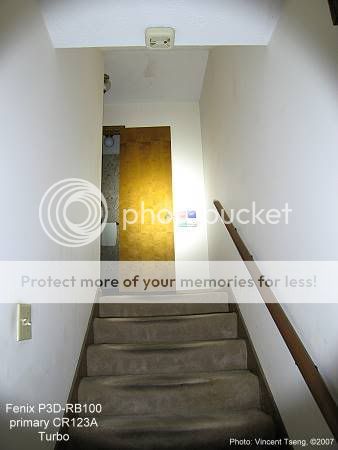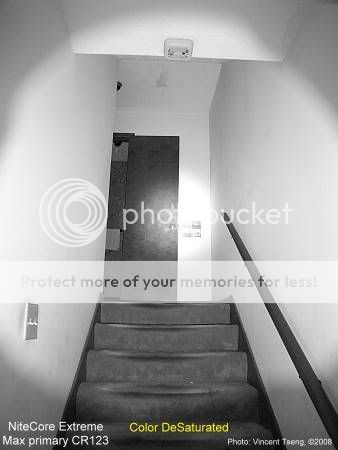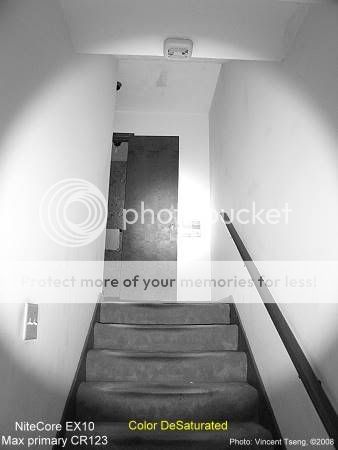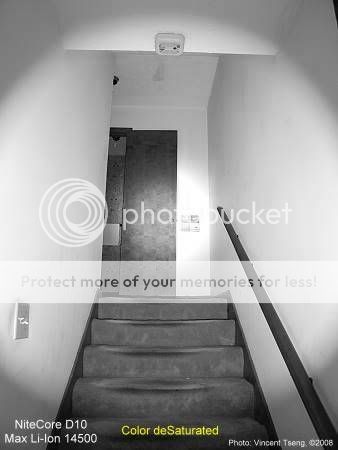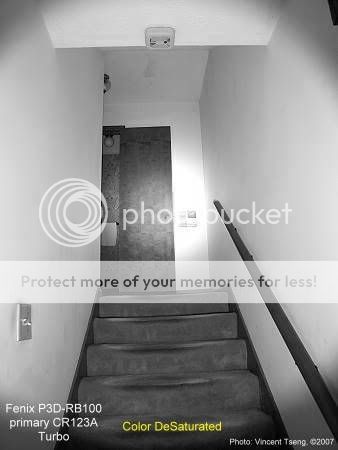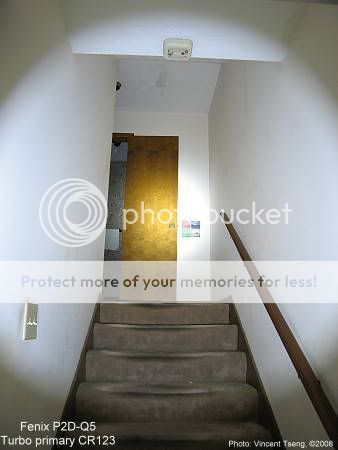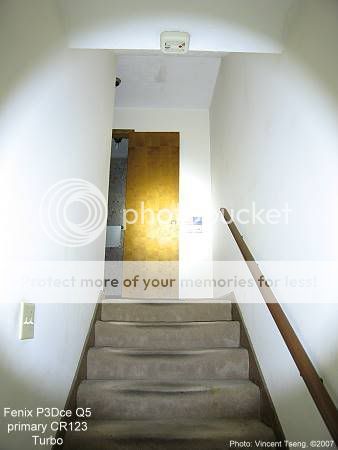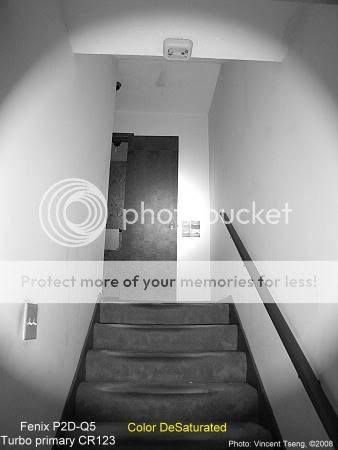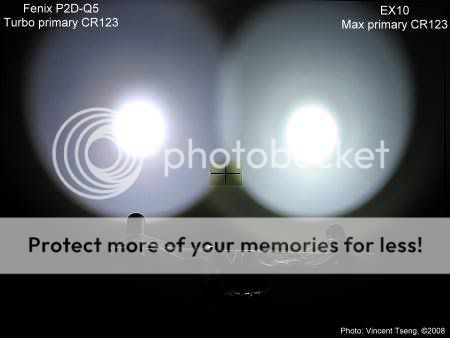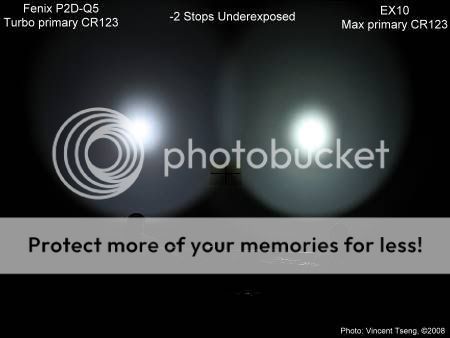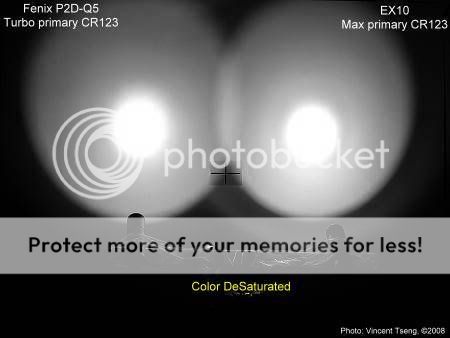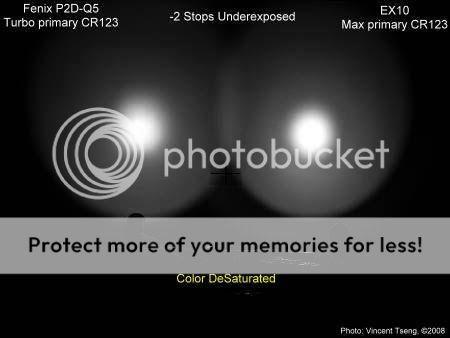You're trying to make this more complicated than it is. Photographs are qualitative, not quantitative. You can't rely on them to guage something that needs to be expressed quantitatively.
This is quite correct I do not mean to use my photos quantitatively -
they are there just for a "look-see" - more for qualitative usage. So you are correct there.
However when one can see a difference in brightness - a photo will show a difference too - whether it is measurable from the photo I can't say - when I can see a difference side-by-side - a side-by-side beamshot (where both beams are in the same photo) the difference shows up.
That is all I was trying to illustrate - the Extreme on primary CR123 is rated by NiteCore as 190 lumens - while the D10, NDI and EX10 were all rated at 130 lumens regardless of whether they were on primary or Li-Ion -
in real-life look-see I could not see any real difference between the Extreme and those other flashlights - and I used my side-by-side beamshots to illustrate that - of course there probably is some absolute measurable difference - but IMHO I doubt that it would be quite as much as a 60 lumens difference.
I apologize for my poor choice of the word "huge" -
but the simple fact is I can see little to no difference between the Extreme, EX10, D10 and NDI (on Li-Ion) -
whereas I can see a difference between the D10 (and/or NDI) when they were on NiMH and Li-Ion - so a difference is both noticable and capable of being shown in a photo.



